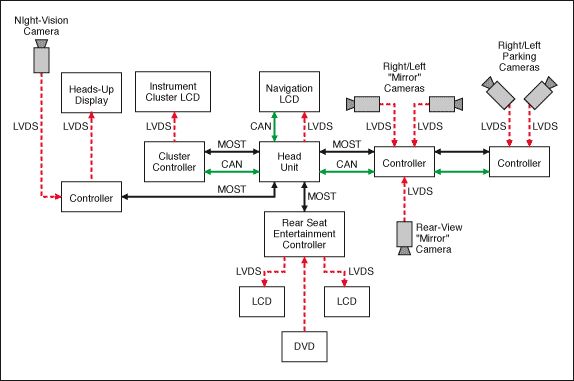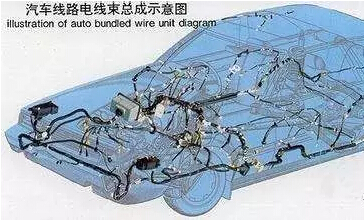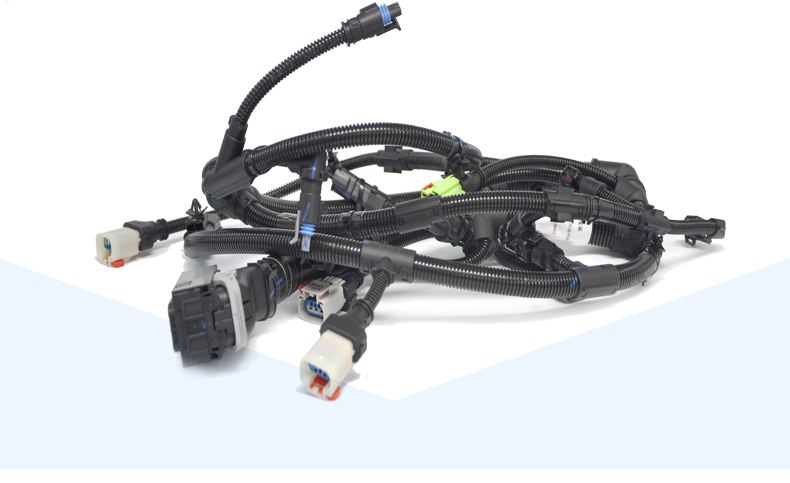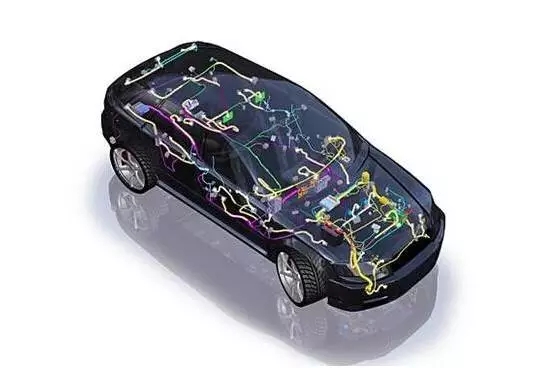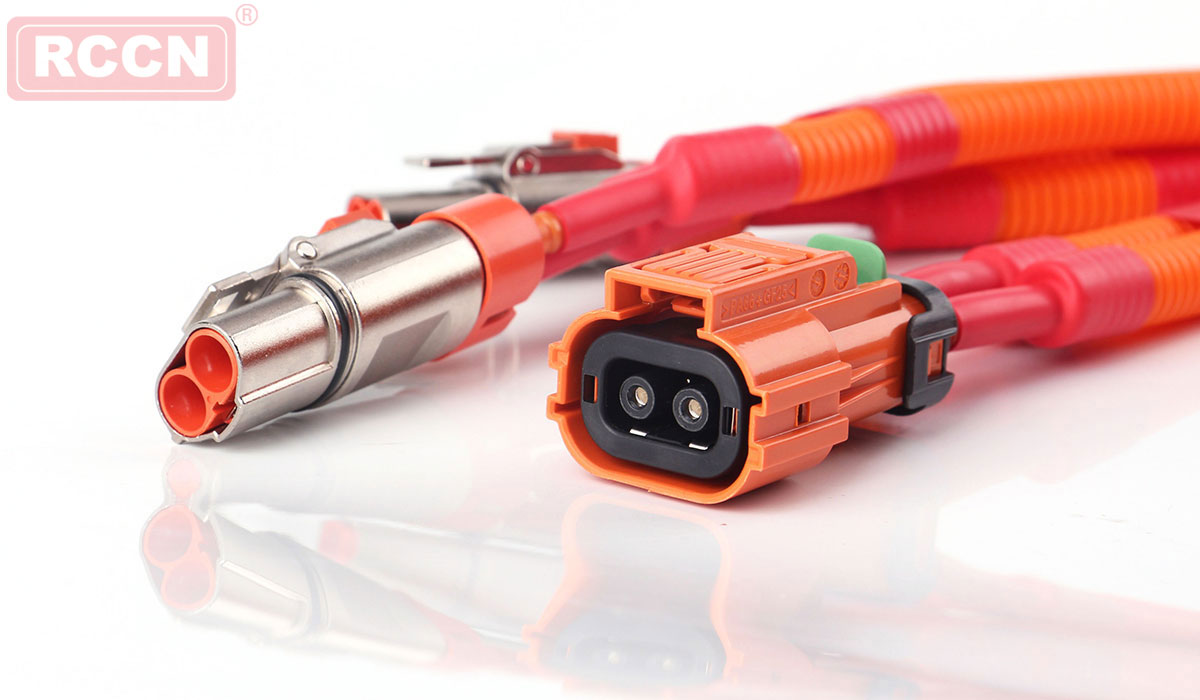1, material general design
The general design of automotive wiring harnesses is based on the need for subsequent vehicle expansion. By reserving loops and appropriately increasing the length of the branch lengths of the harnesses, the same harness can be adapted to a variety of models, reducing harness materials, avoiding the waste of harness design resources and reducing management costs.
For example, reserve the mirror signal loop in the instrument harness, left/right door harness, left/right front fence. When a vehicle model is changed from a manual rearview mirror to an electric rearview mirror, it does not affect the harness, and the original vehicle BOM is directly used. The replacement of the rear axle of a vehicle model is due to the different positions of differential locks and differential locks between the axles of different axles. Therefore, the branch of the differential between the axle differential lock and the wheel differential lock is designed to be common. Branching, matching with different axles using the same harness.

2. Universal design of connectors
The connector is a key material on the harness, and the cost can account for about 60%. After the harness connector is universalized, repeated design verification can be avoided, and the types of connectors can be reduced. Accordingly, the types of crimping dies and the relay modules can be reduced, and the bicycle can reduce the design verification, procurement, and production management costs.
Universal connectors, not only in the same model as much as possible use the same connector, in different models should try to use the same connector. For example, it is the same as the inter-axle differential lock, inter-wheel differential lock and under-car start/stop switch connector of a certain model, and it is the same as the connector of the engine's built-in cylinder brake, air filter plug sensor and dryer. Type so that the same terminal can be used even if it is not universal.
















 RCCN WeChat QrCode
RCCN WeChat QrCode Mobile WebSite
Mobile WebSite
